Noyron software harnesses the creativity and problem-solving of engineers to design advanced machinery autonomously.


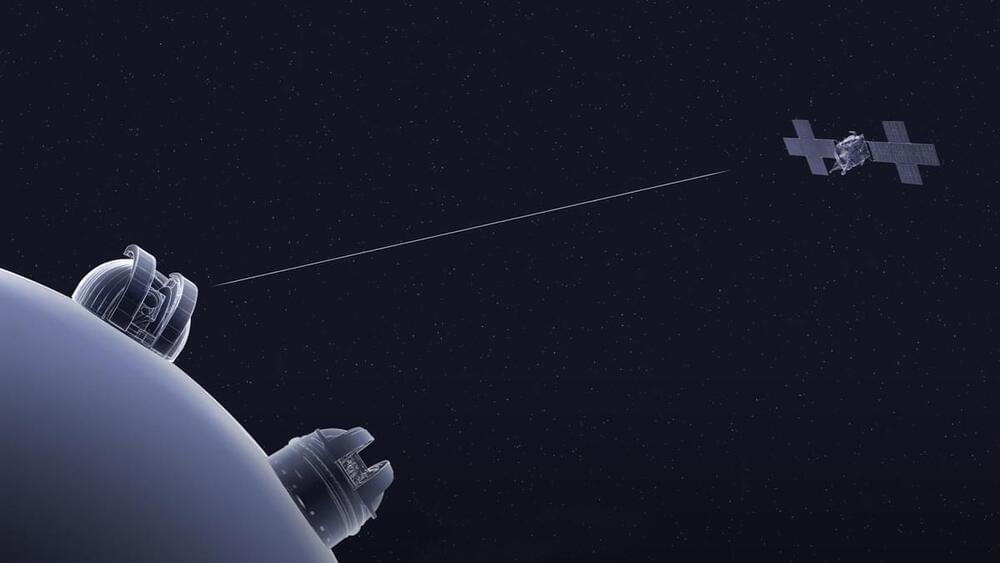
Humans are gearing up to land and explore the Red Planet in the coming years.
This is a significant advantage as it eliminates the need to transport fuel to Mars, reducing the overall weight and complexity of the mission.
👍 If you like WorldCam content, please hit the Like, Subscribe and even leave a comment for more great content. Thank you!
– — – — – — – — – — – — – — – -
Starship’s fifth flight test could launch as soon as October 13, pending regulatory approval.
The launch window will open as early as 7:00 a.m. CT. As is the case with all developmental testing, the schedule is dynamic and likely to change, so be sure to stay tuned to our X account for updates.
Starship will aim to take another step towards full and rapid reusability. The primary objectives will be attempting the first ever return to launch site and catch of the Super Heavy booster and another Starship reentry and landing burn, aiming for an on-target splashdown of Starship in the Indian Ocean.
Credit: SpaceX
– — – — – — – — – — – — – — – -
Check out other LIVE streams — / @worldcamlive.
Please consider becoming a member to support us:
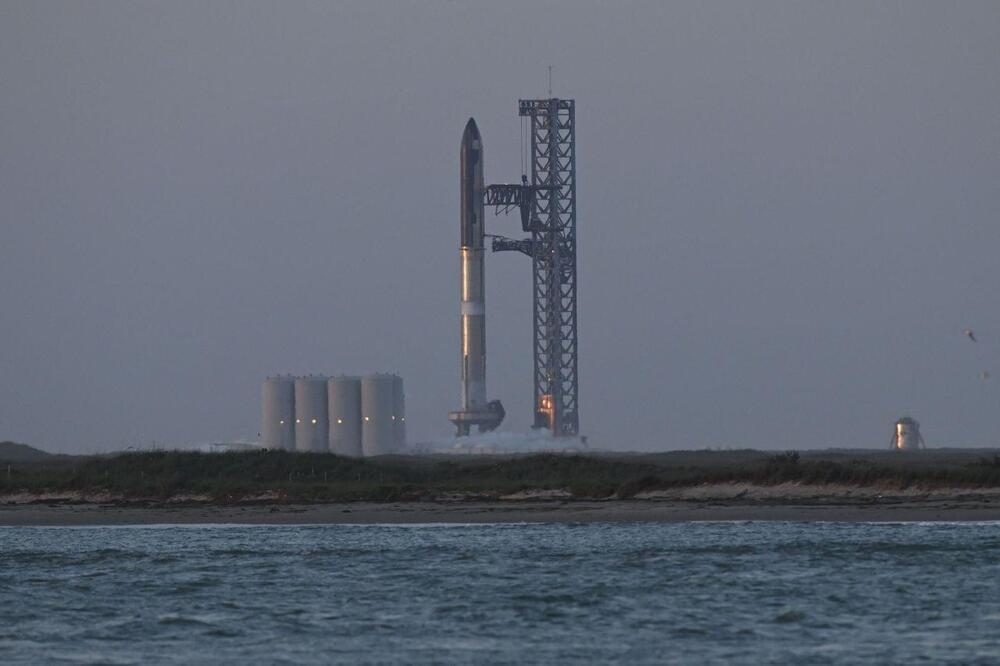
BROWNSVILLE, Texas (ValleyCentral) — The Federal Aviation Administration approved the license on Saturday for the launch of Starship Flight 5.
The launch window begins at 7 a.m. on Sunday, Oct. 13th.
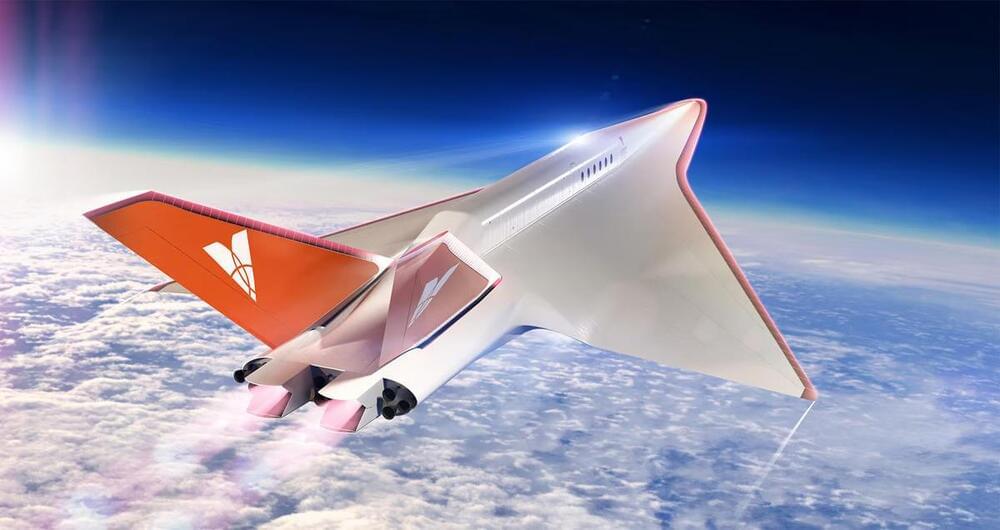
There are several organizations and start-ups across the world that are working on developing hypersonic jets capable of flying at speeds above Mach 5 (3,836 mph). However, a propulsion system capable of providing sustained thrust at those speeds continues to be the biggest hurdle. Texas-based start-up Venus Aerospace has revealed a groundbreaking engine that has the potential to completely revolutionize high-speed air travel. Called the Venus Detonation Ramjet 2000 lb Thrust Engine (VDR2), the advanced propulsion system was unveiled at the recent Up. Summit in Bentonville, Arkansas.
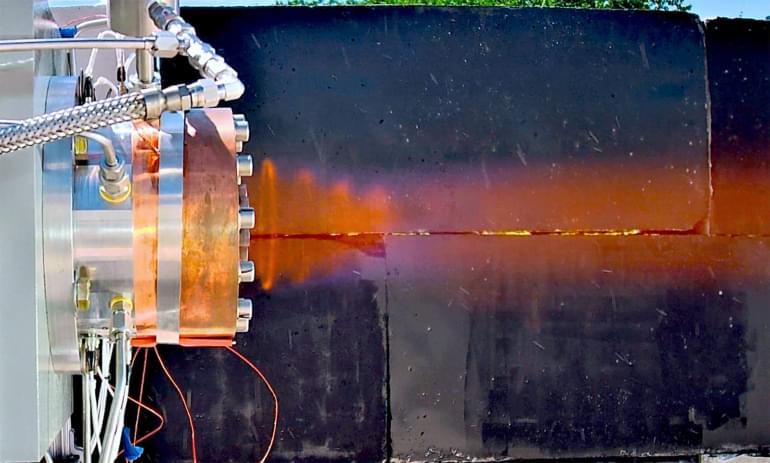
The VDR2 is engineered to power drones and aircraft to hypersonic speeds, allowing them to travel vast distances at high altitudes with unmatched efficiency. The hypersonic propulsion system combines the high thrust and efficiency of the Rotating Detonation Rocket Engine (RDRE) with the high-efficiency cruise of a Ramjet. Developed by Venus in partnership with high-speed air combustion specialist Velontra, the VDR2 will operate as a single engine offering propulsion from take-off to attaining speeds up to Mach 6.
Also read — Boom Supersonic’s superfactory, which will be building the ‘son of Concorde,’ will be completed by spring this year. The first assembly line at the North Carolina facility will roll out 33 supersonic aircraft each year, capable of flying passengers from New York to London in 3.5 hours.
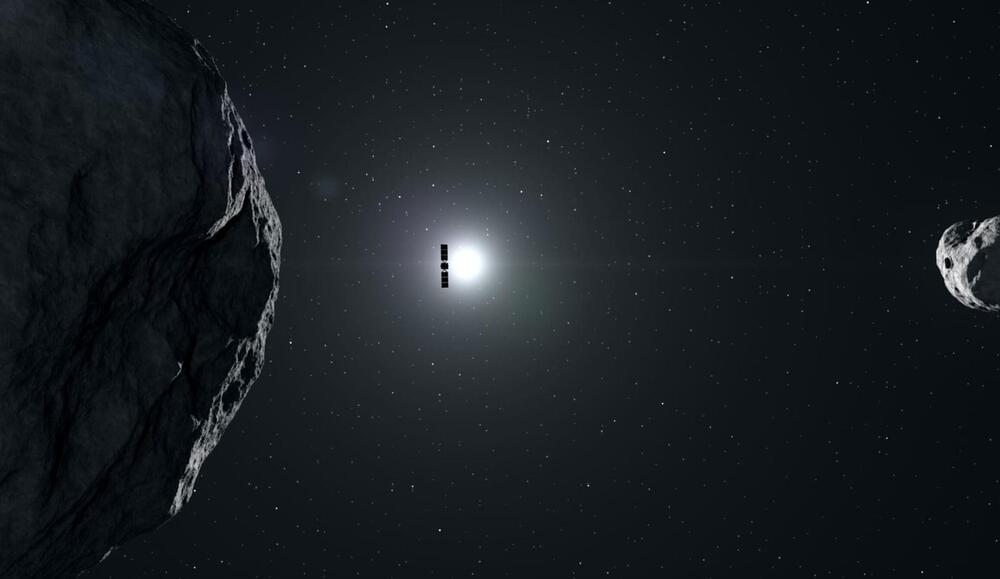
SpaceX undertook a planetary defense mission on behalf of the European Space Agency (ESA) on Monday, aiming to provide scientists with tools to prevent future catastrophic cosmic impacts.
The ESA’s Hera planetary defense mission builds on NASA’s 2022 Double Asteroid Redirection Test (DART) mission and will analyze its effects, allowing scientists and engineers to gain a more comprehensive understanding for use in real-world emergencies.
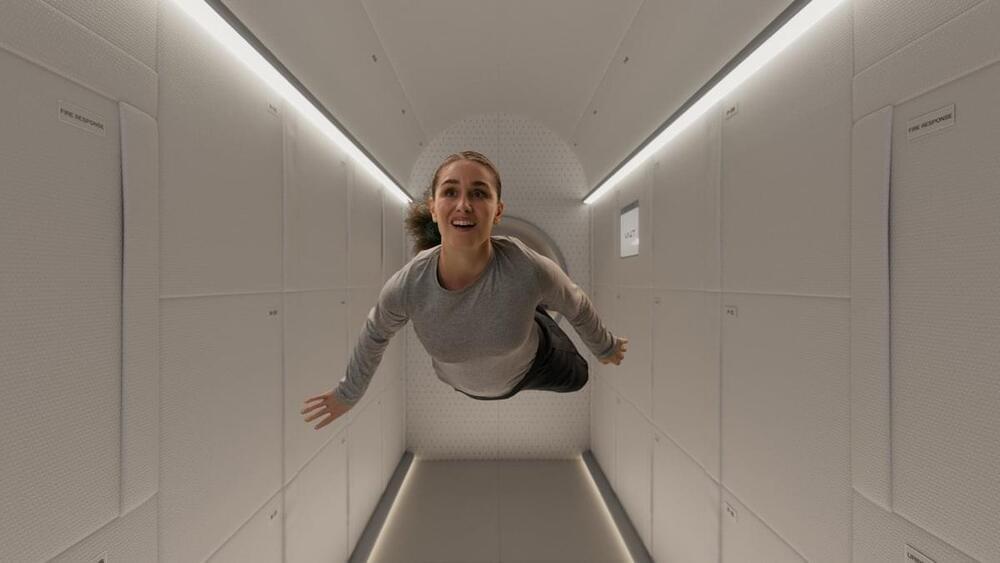

SpaceX announced a new capability for the Dragon spacecraft on Sept. 27 in the unlikely event of a parachute failure. Dragon now has built-in redundancy to propulsively land using its SuperDraco thrusters, saving the vehicle and potential crew from a rough landing or imminent danger.
SpaceX introduced the concept of a propulsive landing Dragon over ten years ago. When SpaceX revealed Dragon 2, it was marketed as capable of propulsively landing anywhere on Earth and was initially designed to land exclusively with the SuperDracos. However, SpaceX ultimately pursued the use of parachutes as the main form of recovery for Dragon 2 missions.
Much has had to change with Dragon 2 since May 30, 2014, to make it the reliable crewed spacecraft we know it as today. Now, SpaceX has decided to bring back one of the main capabilities that was believed to have been left behind in development.

Scientists have used gene-editing techniques to boost the repair of nerve cells damaged in multiple sclerosis, a study shows. The innovative method, which was tested in mice, supports the development of cells that can repair the protective myelin coating around nerves, restoring their ability to conduct messages to the brain.
The findings, now published in Nature Communications, offer a potential route for future treatments to stop disability progression, experts say.
Our bodies have the ability to repair myelin, but in multiple sclerosis (MS), and as we age, this becomes less effective. There are currently no treatments to boost this process.